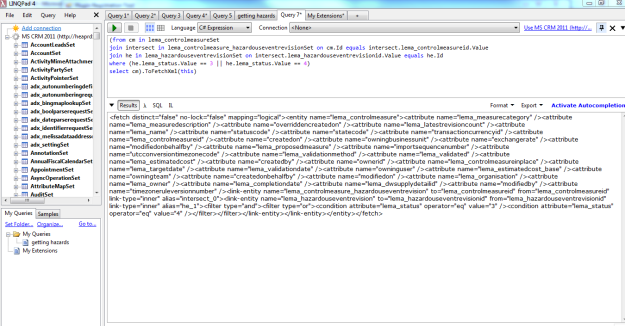This is the code needed.
function triggerBulkWorkflowByName(wfName, svid) {
var wId = getWorkflowId(wfName);
triggerWorkflow(wId, svid);
}
function getWorkflowId(wfName) {
var urlPos = Xrm.Page.context.getServerUrl() + "/XRMServices/2011/OrganizationData.svc/WorkflowSet?$filter=Name eq '" + wfName + "' and ParentWorkflowId/Id eq null";
//var urlPos = Xrm.Page.context.getServerUrl() + "/XRMServices/2011/OrganizationData.svc/WorkflowSet";
var id;
$.ajax({
type: "GET",
contentType: "application/json; charset=utf-8",
async: false,
datatype: "json",
url: urlPos,
beforeSend: function (XMLHttpRequest) {
//Specifying this header ensures that the results will be returned as JSON.
XMLHttpRequest.setRequestHeader("Accept", "application/json");
},
success: function (data, textStatus, XmlHttpRequest) {
if (data.d.results.length > 0) {
id = data.d.results[0].WorkflowId;
}
},
error: function (XMLHttpRequest, textStatus, errorThrown) {
alert("Error");
}
});
return id;
}
function triggerWorkflow(wfId, entityId) {
try {
var soapBody = "<soap:Body>" +
" <Execute xmlns='http://schemas.microsoft.com/crm/2007/WebServices'>" +
" <Request xsi:type=\'ExecuteWorkflowRequest\'>" +
" <EntityId>" + entityId + "</EntityId>" +
" <WorkflowId>" + wfId + "</WorkflowId>" +
" </Request>" +
" </Execute>" +
"</soap:Body>";
/*Wrap the Soap Body in a soap:Envelope.*/
var soapXml = "<soap:Envelope " +
" xmlns:soap='http://schemas.xmlsoap.org/soap/envelope/' " +
" xmlns:xsi='http://www.w3.org/2001/XMLSchema-instance' " +
" xmlns:xsd='http://www.w3.org/2001/XMLSchema'>" +
GenerateAuthenticationHeader() +
soapBody +
"</soap:Envelope>";
/* Create the XMLHTTP object for the execute method.*/
var xmlhttp = new ActiveXObject("Msxml2.XMLHTTP");
xmlhttp.open("POST", "/MSCRMservices/2007/crmservice.asmx", false);
xmlhttp.setRequestHeader("Content-Type", "text/xml; charset=utf-8");
xmlhttp.setRequestHeader("SOAPAction", "http://schemas.microsoft.com/crm/2007/WebServices/Execute");
/* Send the XMLHTTP object. */
xmlhttp.send(soapXml);
}
catch (e) {
alert("An error has occured: " + e.description);
}
}
